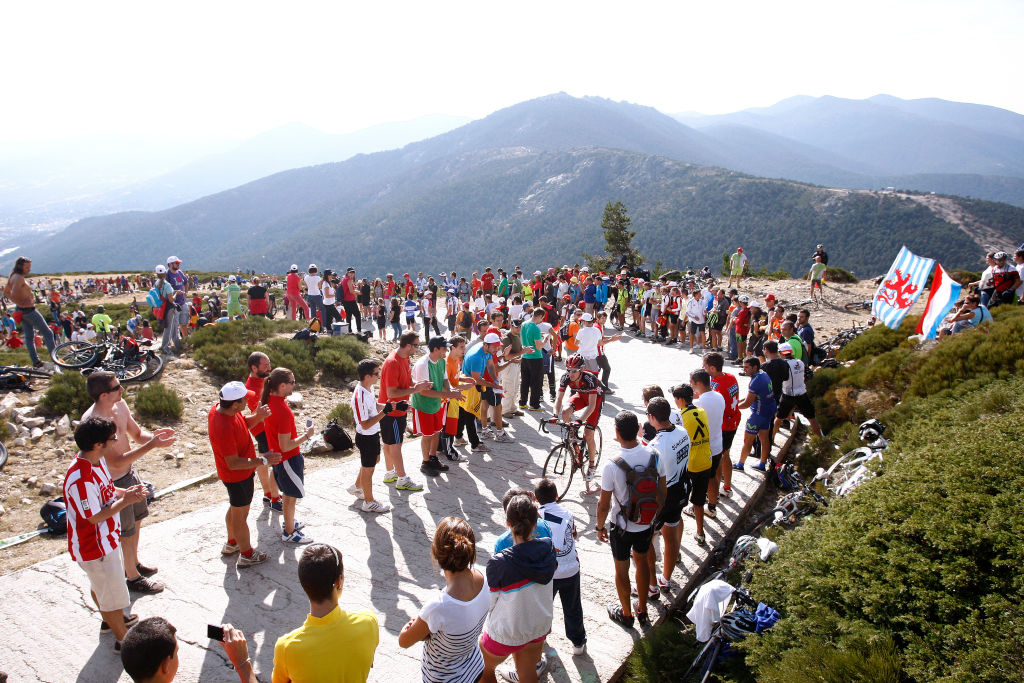
"As they seem to do every year, the race organisers have put together a highly challenging Vuelta a España route, designed to test the climbing abilities of every rider across some of the most challenging gradients and ascents Spain has to offer. This year, the three-week race includes no fewer than 11 categorised uphill finishes - yes, that's over half the stages - varying from short final kickers, to 10% gradients at the end of kilometres-long climbs."
"The days of straightforward Grand Tour opening weeks are decidedly over, and this year's Vuelta route offers no exception to that rule, including an uphill finish on just the second day of racing in Italy where time can already be gained or lost. Starting in Alba and finishing in Limone Piemonte, stage 2 is officially categorised as 'flat', but finishes with a category 2 climb, topping out at 1,383m above sea level."
The Vuelta a España route features 11 categorised uphill finishes across the three-week race, representing over half the stages and ranging from short kickers to kilometre-long ascents with 10% gradients. Three stages exceed 4,000m of elevation, placing a heavy premium on riders' climbing abilities for GC contention. The race also includes a team time trial and an individual time trial, plus punchy and windy stages that can influence outcomes. Iconic climbs such as the Angliru are on the route. Key early test comes on stage 2, a 157km day from Alba to Limone Piemonte that finishes atop a category 2 climb at 1,383m.
Read at Cyclingnews
Unable to calculate read time
Collection
[
|
...
]